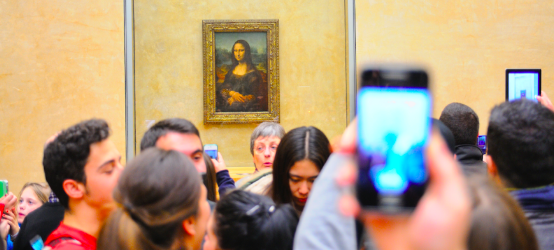IMPACTS Experience is tracking this research on an ongoing basis and a 2020 update has been published to track trends during the pandemic. You can see the updated data here.
April 2017: Are museums perceived as experts - and are they trusted? To what extent? These are the questions that I hoped to shine a light upon when I requested a topic-specific data cut on cultural organizations from the National Awareness, Attitudes, and Usage Study. The NAAU is an ongoing study regarding market perceptions of visitor-serving organizations and it currently quantifies feedback from over 108,000 respondents. The resulting...Sign in to KYOB+
Not a member yet?
Never miss the latest read on industry data and analysis.












